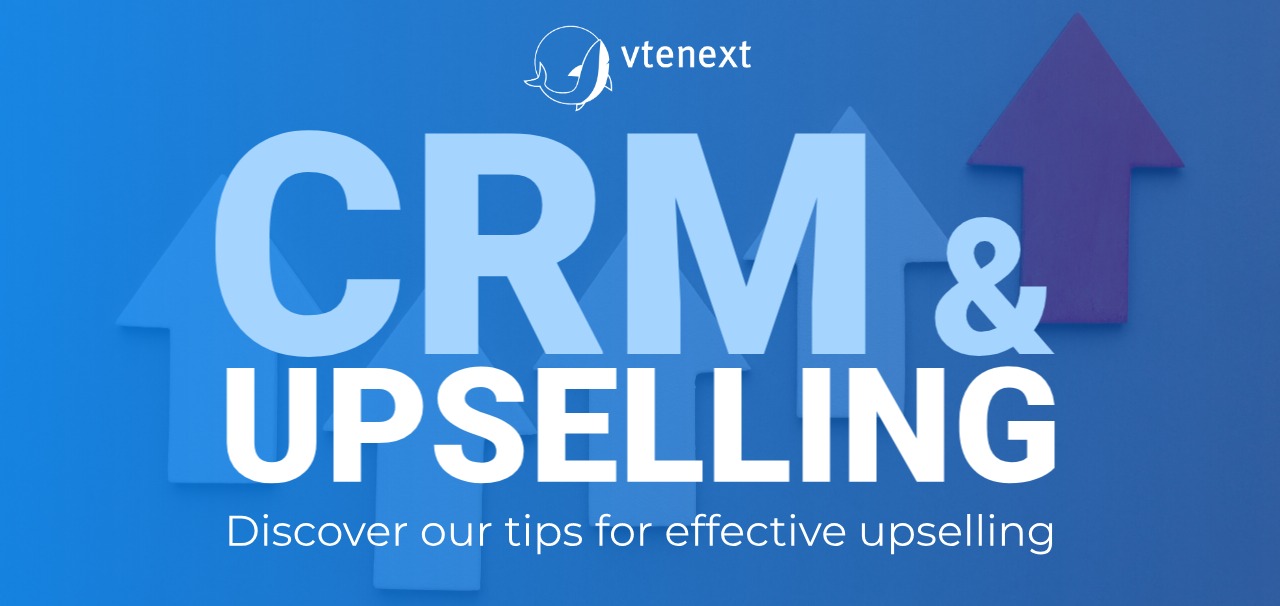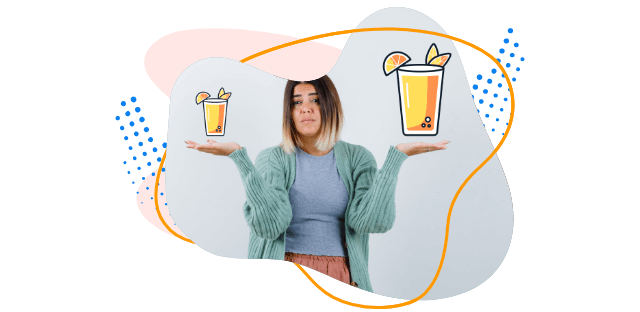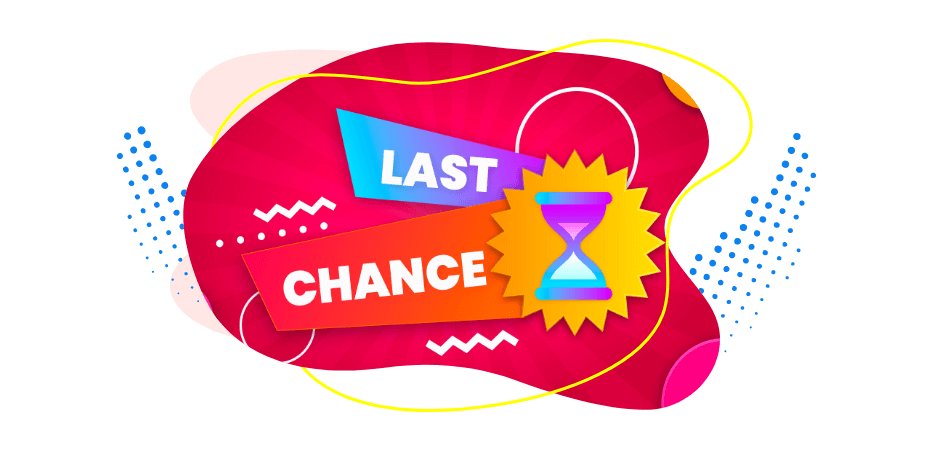If you are a small or medium-sized business owner and you want to grow your business, consider Upselling as a strategy. This sales strategy is very cost-effective and it can successfully accompany the normal acquisition of new customers, significantly increasing the value that each of them brings to the activity over time.
Loyal customers are not only more inclined to try new products, but also they tend to spend more than new ones. Also, the probability of selling to someone who has already bought from you is much higher than converting a new customer. In short, upselling is a smart move to optimize your resources.
What is upselling
Upselling is a sales strategy that aims to offer customers an additional or improved product or service compared to what they have already bought. The main purpose is to increase the overall value of the transaction and, as a result, generate more income for the company.
For example, think of when a fast food restaurant offers you to upgrade to a larger portion or to add more items to your order. But upselling is not only that: it’s also about identifying opportunities that can really interest the customer and present them as ideal solutions for their needs or preferences.
In this way, besides bringing benefits to your business, you provide the customer with additional features or services that can improve their shopping experience. Upselling, done in the right way, can therefore be a win-win move for both.
What are the benefits of upselling
Imagine upselling not only as a way to grow sales but as an opportunity to improve the customer experience. Instead of seeing it just as a trick to increase your earnings, think about how you can really help your customers.
For example, in an electronics store, proposing a smartphone model with more memory or a complementary accessory as a protective case can really improve the use of the product for the customer.
Upselling has many advantages and therefore can increase the overall value that a customer brings over time, improving the profitability of your business. It also allows you to offer a more personalized service and build stronger relationships with customers. And let’s not forget that it can also attract more demanding customers who are willing to spend more. In short, upselling well done is a win-win for everyone.
Upselling vs Cross-Selling
Upselling and Cross-selling are two sales tactics that aim to offer added value to customers, but they use different approaches. Cross-selling consists in proposing products that meet complementary needs to those of the original article. Imagine someone buying a coffee machine: suggesting assorted coffee capsules would be a perfect example of cross-selling. This strategy is very common in various sectors, from bookstores proposing bookmarks to those who buy books, to supermarkets that suggest particular sauces to those who buy fresh pasta.
In ecommerce, cross-selling is often used on product pages, during the checkout or in promotional campaigns: this technique is very powerful to generate repeat purchases and make customers aware of the variety of their catalog. It can often reveal articles they didn’t even know they wanted.
Upselling, indeed, is often based on comparative graphs to promote higher-end products to customers: for example, if a customer is considering buying a laptop, showing him a better performing model can help them understand the added value of spending a little more; companies that are good at upselling help customers see the benefits of buying a more expensive item, increasing the average order value (AOV) and leaving them more satisfied with their purchase.
Both the cross-selling and upselling techniques aim to increase the value of the cart and inform customers about product options they may not know about: the key to success in both strategies is understanding what’s important for your customers and responding with products and features that fully meet those needs.
How to upsell
Upselling your products or services requires a strategic approach, but there are different tactics that you can adopt to achieve effective results. First, you can think of offering discounts: imagine offering a premium product at a reduced price when the customer is buying a cheaper product. This may entice them to upgrade, making them feel like they have made a great deal.
Another option is playing with limited time offers: creating a sense of urgency with promotions that last only for a short period can really motivate customers to choose a higher-end product before the offer expires. This type of strategy exploits the fear of losing a unique opportunity.
Then, there is the possibility of adding extras, creating, for example, packages that include accessories or services complementary to the main product; the important thing is that these extras offer real added value; otherwise, you risk not capturing the customers’ attention and not improving their experience.
Don’t underestimate the power of social pressure. Think about when you add an item to your cart on some ecommerce sites and get bombarded by suggestions like “who bought this also bought that”, leveraging people’s natural desire not to miss out on something useful or popular, encouraging further purchases.
In short, every small or medium-sized business should include upselling in its sales and marketing strategy. Before you focus on acquiring new customers, take some time to explore upselling opportunities with existing ones. There may be unexpected opportunities to improve their experience and increase the value of their transactions.
When you develop your upselling strategy, it’s crucial to keep in mind the customer’s purchase journey: if the offer is not relevant or arrives at the wrong time, you are only wasting valuable resources. Make sure your proposals are well aligned with the needs and timing of your customers to maximize the effectiveness of your upselling initiatives.
When to use this technique
Upselling is a technique that you can leverage at various points of the customer’s lifecycle, not only before the initial sale. Think about it: when a customer enters your store, both online and physical, you immediately have the opportunity to draw their attention to premium products. If you run an ecommerce, you can use the base product pages to propose improved or more expensive versions through comparative graphs; instead, if you have a physical store, place premium products next to cheaper ones on the shelves, in order to stimulate curiosity and initiate conversations with customers.
Another perfect opportunity to upsell is at checkout. Even if this is commonly the territory of cross-selling, you can also effectively exploit it for upselling: for example, while a customer is on the shopping cart or checkout page, you can inform them of offers that improve their purchase. Think about larger volume discounts, customization options, fast shipping, gift wrapping or additional protections. These proposals can make the purchase more interesting and valuable to the customer.
But upselling doesn’t stop there. Even after the customer has made the purchase, there are many opportunities to add value to their experience: if you sell a physical product, you can offer warranty extensions or premium support as an after-sales upgrade; but it’s even more useful for digital software or products, where it is easy to add extra features or improvements. These options not only increase the value of your sale, but also show the customers that you care about providing them with the best service possible.
Don’t just think of the pre-sale phase, and use every interaction as an opportunity to improve the customer experience and increase the value of the final transaction.
Tools to use for upselling
A well-made CRM system can become your number one ally in the upselling strategy. But how can you really use it to its best advantage? Let’s start by saying that, thanks to a CRM, you can segment customers based on their preferences, behaviors and purchase history. This allows you to create super personalized upselling offers. Imagine knowing exactly what a customer is most interested in and being able to offer just that product or service that meets their wishes. It’s a bomb, right?
In addition, CRM automates communications: think about how much time you save if, instead of sending emails manually, the system does it for you at the right time. You can schedule upselling offers to be sent when the customer is most likely to say “yes”. Increased chances of success and less work for you.
Then there is the monitoring of interactions: recording all customer interactions with your upselling proposals, you can see immediately what works and what does not; this feature is essential to continuously refine your strategy and not shoot in the dark. Each collected data helps you to improve future offers and make them more attractive.
Data collection and analysis are important functions of CRM: imagine having a lot of data on the results of your upselling campaigns. Analyzing them will allow you to understand which strategies are bringing better results and which ones need to be reviewed.
Finally, CRM facilitates the collaboration between marketing and sales, an alignment that becomes crucial in the long run: when marketing and sales work as a team, Upselling opportunities are identified and exploited to the full. Efficiency and consistency are increasing, and efforts are translating into tangible results.
Upselling can be a powerful weapon to increase sales and strengthen customer relationships. Using a CRM to automate and personalize your initiatives, not only improves your results but also creates a stronger relationship with your customers. Investing in vtenext for upselling could be the winning move to grow your business.


